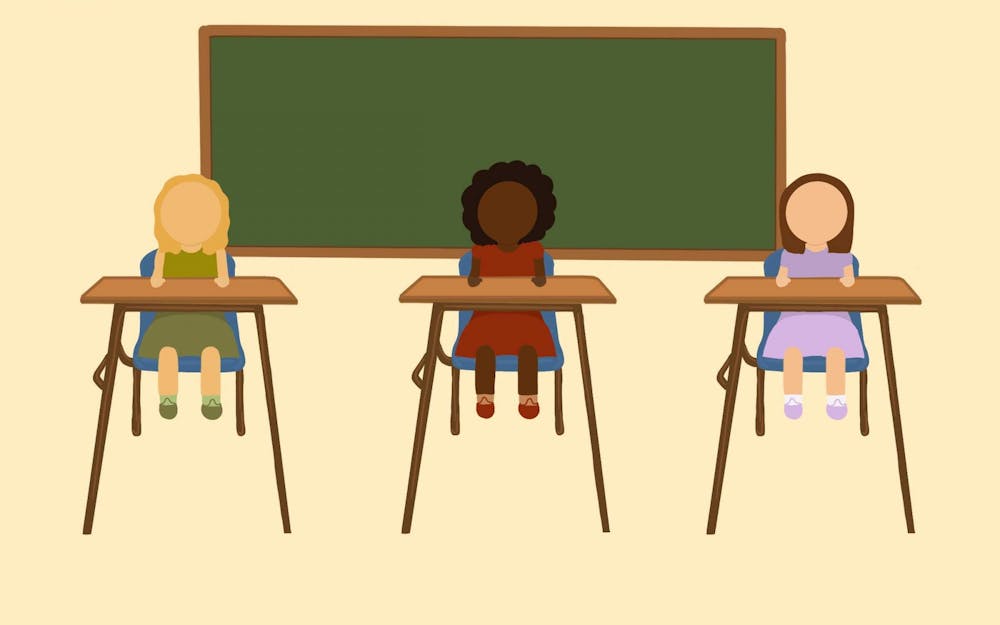Diversity is a core construct at Indiana University, and by its own metrics, the Bloomington campus is getting more diverse each year. With that said, it's no secret the university is overwhelmingly white, with 72.8% of students being white, according to IU's diversity report of 2021. I've written before about how IU tries to mitigate this metric, but numbers can only tell so much of the story.
The real experience, in terms of numbers, is often being the only person of color in the classroom.
With the current state of education increasing emphasis on race, the history of colonialism and modern day politics, it'd be naive to not see how often these topics directly impact minority students. When these topics come up, it helps to have a perspective from those directly affected by these issues. It's never a good feeling when all eyes are on a single student to speak on behalf of their entire community.
Both educators and students have to ask: How do we talk about race, slavery, gay rights or even religion when it's a theoretical discussion for some students, while being real life for others?
Many articles have spoken on how to handle that, and how the problem can't really be solved by just one person. The experience of being the only minority person in class is still fraught with conflict. It's a conversation in the classroom some students simply can't withdraw from.
Being not only Black but also African, IU junior Alinase Mzumara describes his experiences of being singled out:
"I'm African, from an immigrant family," he said. "It felt like I was the only African in the classroom. Like they looked at me as the representative of all of Africa."
More Black Voices: Department Stores are done with White Christmases
Being a student of social work, Mzumara keenly understands how significantly the experience of being singled out in a classroom can affect a person's education and social life. While his peers are aware of the problem, and aware he shouldn't be seen as a representative of anyone else but himself, the experience still remains.
Though most of his experiences have been amicable, there are a few times where it was difficult. One instance he recalls dealt with his class discussing a viral video of a white woman making racially charged statements, causing her to be fired from her job.
"The classroom was predominantly white," Mzumara said. "People were offering their opinions about the situation, mostly in defense of the woman, saying she shouldn't have lost her job, hardly condemning her actions. When I brought up my opinion on the matter, it honestly felt like I was some kind of representative of all Black people, as they were hanging on my every word."
Mzumara's story is just one of many.
Personally, I've been in similar situations in a number of classes. Topics ranging from 18th century American literature about the Civil War, to a history class on global slavery. I can say, in my experience, there have only been a handful of classes where I wasn't the minority.
It's not a fun place to be in. When discussing race in the classroom, it's a theoretical concept for most white students, while being a reality for students of color. When discussing marriage equality, it's theoretical to cis and straight students, but lived reality for LGBTQ students.
There's no easy solution to this, and it's not something to be solved overnight. Still, the experiences of students in these situations are invaluable. They can help us understand how to at least make the experience of being the only Black person, gay person, Asian person or any other minority in the classroom a bit more manageable.






